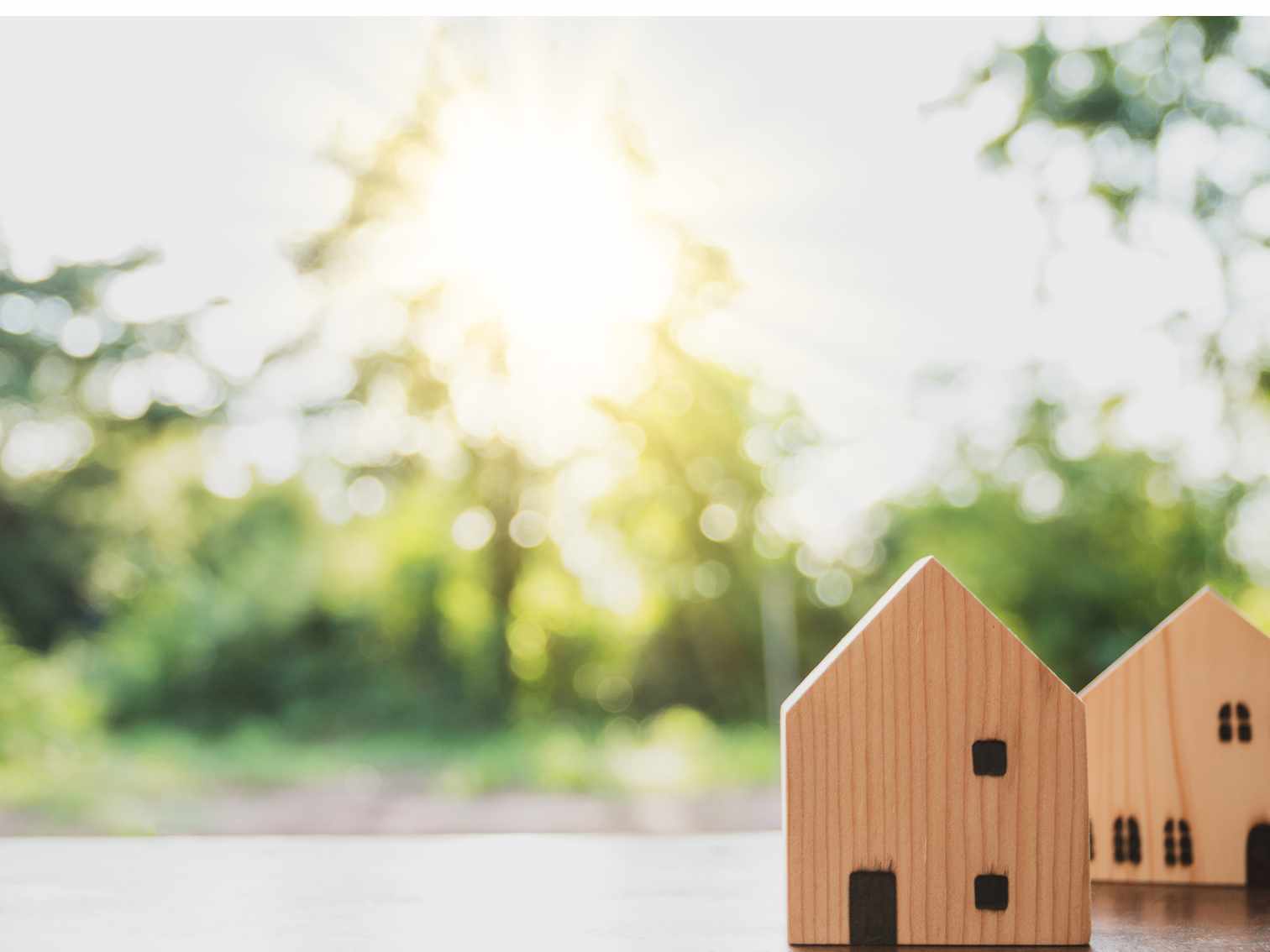Labour claims it’s the biggest housing legislation overhaul in decades. The shared equity plan the Albanese administration ran for election has a start date, but its effectiveness in helping people purchase houses is unclear. No simple solution. Maybe for the select few. However, it’s not a magic pudding, and many people may not utilise it.
How does it look?
Labour’s “Help to Buy” describes the program’s purpose. The government would lend qualified buyers 30% or 40% of the purchase price for existing or new homes. This reduces their bank loan to 60% or 70%. Most term it a “shared equity scheme.” The government owns your home’s riches. Whether you sell or dwell in the house, you pay it back.
With the smaller loan, more individuals may receive house loans sooner than without government assistance.
They just need to put down 2% of the house’s price and have lower home loan payments since they receive less money from the bank. That may mean saving $20,000 or $200,000. Not getting lenders’ mortgage insurance saves this guy another $30,000 or more.
How does it work?
This proposal accepts 10,000 applicants annually for four years. Land prices are also limited by location. Homes in Sydney or a large rural town in New South Wales under $950,000 qualify. The remainder of NSW limits property sales to $750,000.
Not all 10,000 seats will be utilised in the same region since the plan is restricted by place.
Only people or couples earning up to $90,000 or $120,000 may join the initiative. If you’ve owned a house previously, you may still request this design. Life changes might land individuals back in insecure housing or renting, but you can’t own two houses.
Homebuyers must put down at least 2% and prove they can acquire money for the remainder, as well as stamp duty, rates, body corporate fees, and utilities. No rent is required for the government’s equity.
How will I pay the government?
What happens next is unclear. However, the election campaign and other state-based equity programmes in WA and NSW said that consumers may refund the government to get a larger part in the property.
If your income exceeds the maximum for two years ($90,000 for individuals and $120,000 for couples), you may have to return the government for its business portion.
Participants discussed with their lender how much of the commonwealth’s portion they may refinance. Each person’s condition is considered. This was discussed throughout the election campaign as a way to keep individuals in their houses instead of forcing them to leave due to income constraints.
One may refinance and buy the government out, make payments to the government on top of your mortgage payments, or boost your loan to acquire part government ownership.
The government receives its equity portion when you sell the home, not the loan. If the home appreciates, the government will receive more than it provided you. The government may take a portion of the lent money to offset the loss.
Death and leaving home to earn more than the limit might give someone two years to repay the government. This was discussed throughout the election.
When does it begin?
The proposal requires state and federal legislation. WA, NSW, and Victoria have shared equity programmes, and Queensland has a Labour administration without an upper house, so there shouldn’t be any issues. The measure will proceed in all three states. The Coalition supported the policy harshly, or the Greens supported it with conditions. All of it delays the plan until the first half of 2024.
Limits on prices.
$950,000 for NSW’s urban and rural hub
New South Wales: $750,000 statewide
Victoria: $850,000 for the regional capital
Vic: state-wide $650,000
Queensland’s urban and rural centre gets $700,000.
Queensland: $550,000 statewide
Main city in Western Australia costs $600,000.
WA provides the rest of the state $450,000.
Main city of South Australia is worth $600,000.
South Australia: $450,000 statewide
The capital of Tasmania costs $600,000.
New South Wales: remainder of state $450,000
Australian Capital Territory $750,000
The Northern Territory gets $600,000.
Jervis Bay Territory and Norfolk Island $550,000
Christmas Island, Keeling Islands $40000 for islands
Newcastle, Lake Macquarie, Illawarra, the Central Coast, the north coast of NSW, Geelong, the Gold Coast, and the Sunshine Coast are Help to Buy regions. More NSW information can be found on the official site here – https://www.nsw.gov.au/housing-and-construction/home-buying-assistance/shared-equity.
Summary
Multiple measures and attempts to help the Australian housing market began with this. Candidates seeking any grant or help should visit a mortgage broker and financial planner before making any choices. Repercussions must be considered in advance planning, and this may affect subsequent funds and applications.



















